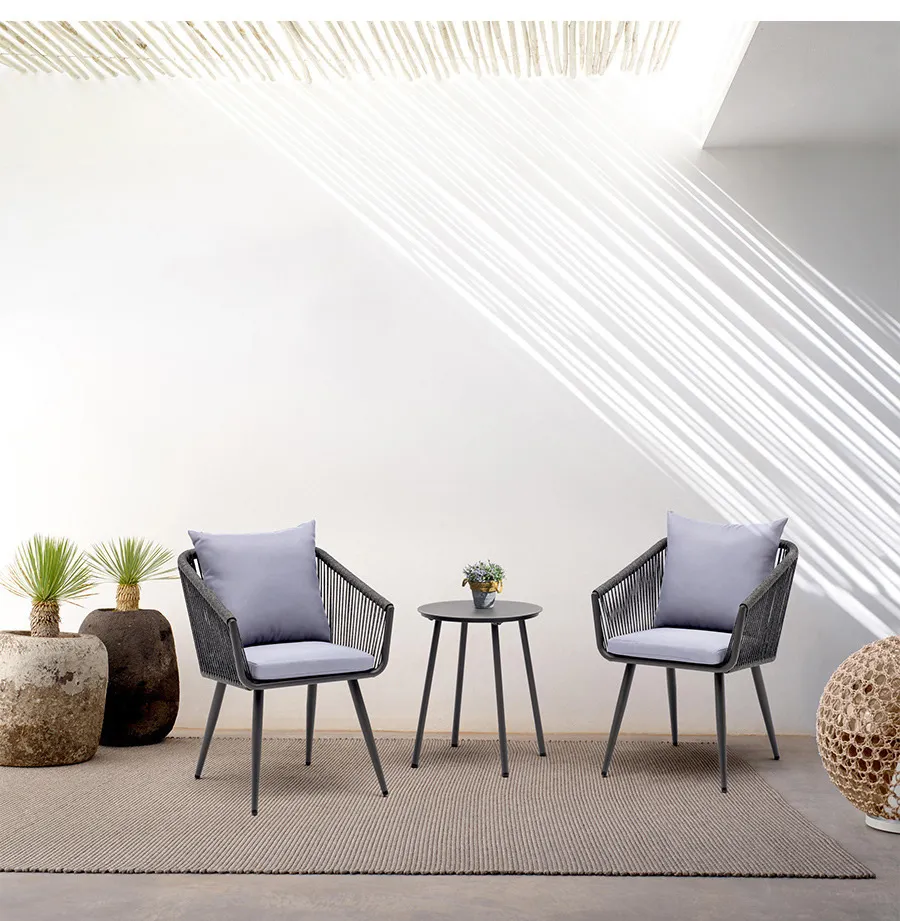Choosing the Perfect Patio Umbrella: A Comprehensive Guide
Introduction
A patio umbrella is a must-have for any outdoor space, providing shade, comfort, and style. With numerous options available, selecting the perfect patio umbrella can be a challenge. This comprehensive guide will help you navigate the choices and find the ideal umbrella for your patio, ensuring you can enjoy your outdoor area to the fullest.
Types of Patio Umbrellas
Market Umbrellas
Market umbrellas are the most common type of patio umbrella, characterized by their straight pole and classic design. These umbrellas are versatile and can be used with patio tables or as standalone units. Market umbrellas come in various sizes, colors, and materials, making them a popular choice for many homeowners.
Cantilever Umbrellas
Cantilever umbrellas, also known as offset umbrellas, feature a side pole that supports the canopy. This design allows for more flexible placement, as the umbrella can provide shade without a central pole obstructing the space. Cantilever umbrellas are ideal for covering larger areas, such as seating arrangements or poolside lounges.
Tilting Umbrellas
Tilting umbrellas offer adjustable canopies that can be angled to provide optimal shade throughout the day. This feature is particularly useful for blocking the sun as it moves across the sky. Tilting umbrellas are available in both market and cantilever styles, providing versatility and enhanced functionality.
Materials and Durability
Canopy Materials
The canopy material of a patio umbrella plays a crucial role in its durability and performance. Common materials include:
- Polyester: Affordable and widely used, polyester canopies are resistant to fading and mildew.
- Olefin: Known for its strength and durability, olefin is resistant to UV rays and moisture.
- Sunbrella: A premium fabric, Sunbrella is highly durable, fade-resistant, and offers excellent UV protection.
Frame Materials
The frame material of a patio umbrella determines its stability and longevity. Popular frame materials include:
- Aluminum: Lightweight and rust-resistant, aluminum frames are easy to move and maintain.
- Wood: Offering a classic and elegant look, wooden frames are sturdy but may require more maintenance to prevent weathering.
- Fiberglass: Flexible and durable, fiberglass frames can withstand strong winds and harsh weather conditions.
Size and Shape
Determining the Right Size
Choosing the right size for your patio umbrella depends on the area you need to cover. As a general rule, the umbrella should extend at least two feet beyond the edge of the area you want to shade. Common sizes range from 6 to 13 feet in diameter, catering to different space requirements.
Selecting the Shape
Patio umbrellas come in various shapes, including round, square, and rectangular. The shape you choose should complement your outdoor space and furniture layout. Round umbrellas are ideal for smaller areas, while square and rectangular umbrellas are better suited for larger spaces and dining sets.
Base and Stand Options
Weight and Stability
The base and stand of your patio umbrella are crucial for its stability. Ensure the base is heavy enough to support the umbrella, especially in windy conditions. Weighted bases made of materials like cast iron, concrete, or filled with sand or water are popular choices.
Compatibility
When selecting a base, ensure it is compatible with the size and type of your umbrella. Some bases are designed specifically for market umbrellas, while others are made for cantilever models. Check the manufacturer’s recommendations to ensure a secure and stable fit.
Additional Features
Lighting
Many patio umbrellas come with built-in LED lights, providing illumination for evening gatherings. These lights are often solar-powered, offering an eco-friendly and convenient lighting solution for your outdoor space.
Vents
Vented canopies allow air to circulate, reducing wind pressure and increasing stability. This feature is especially beneficial for larger umbrellas and areas prone to strong winds.
Tilt and Rotation Mechanisms
Advanced tilt and rotation mechanisms enable easy adjustment of the canopy to follow the sun’s movement. These features enhance the functionality of your patio umbrella, ensuring consistent shade throughout the day.
Conclusion
Choosing the perfect patio umbrella involves considering various factors, including types, materials, size, shape, base options, and additional features. By understanding these elements, you can select an umbrella that not only enhances the comfort and aesthetics of your outdoor space but also provides long-lasting durability and functionality. Enjoy your time outdoors with the perfect patio umbrella, creating a shaded haven for relaxation and entertainment.
FAQ
What are the main types of patio umbrellas?
- The main types of patio umbrellas are market umbrellas, cantilever umbrellas, and tilting umbrellas, each offering different advantages in terms of placement and functionality.
What materials are best for patio umbrella canopies?
- Common materials include polyester, olefin, and Sunbrella, with Sunbrella being the most durable and fade-resistant option.
How do I choose the right size patio umbrella?
- The umbrella should extend at least two feet beyond the edge of the area you want to shade. Sizes typically range from 6 to 13 feet in diameter.
What are the benefits of different frame materials?
- Aluminum frames are lightweight and rust-resistant, wood frames offer a classic look but require more maintenance, and fiberglass frames are flexible and durable.
Why is a heavy base important for patio umbrellas?
- A heavy base ensures the stability of the umbrella, especially in windy conditions. Weighted bases made of cast iron, concrete, or filled with sand or water are effective choices.
What additional features should I consider for a patio umbrella?
- Additional features include built-in LED lighting, vented canopies for air circulation, and tilt and rotation mechanisms for adjustable shade.



